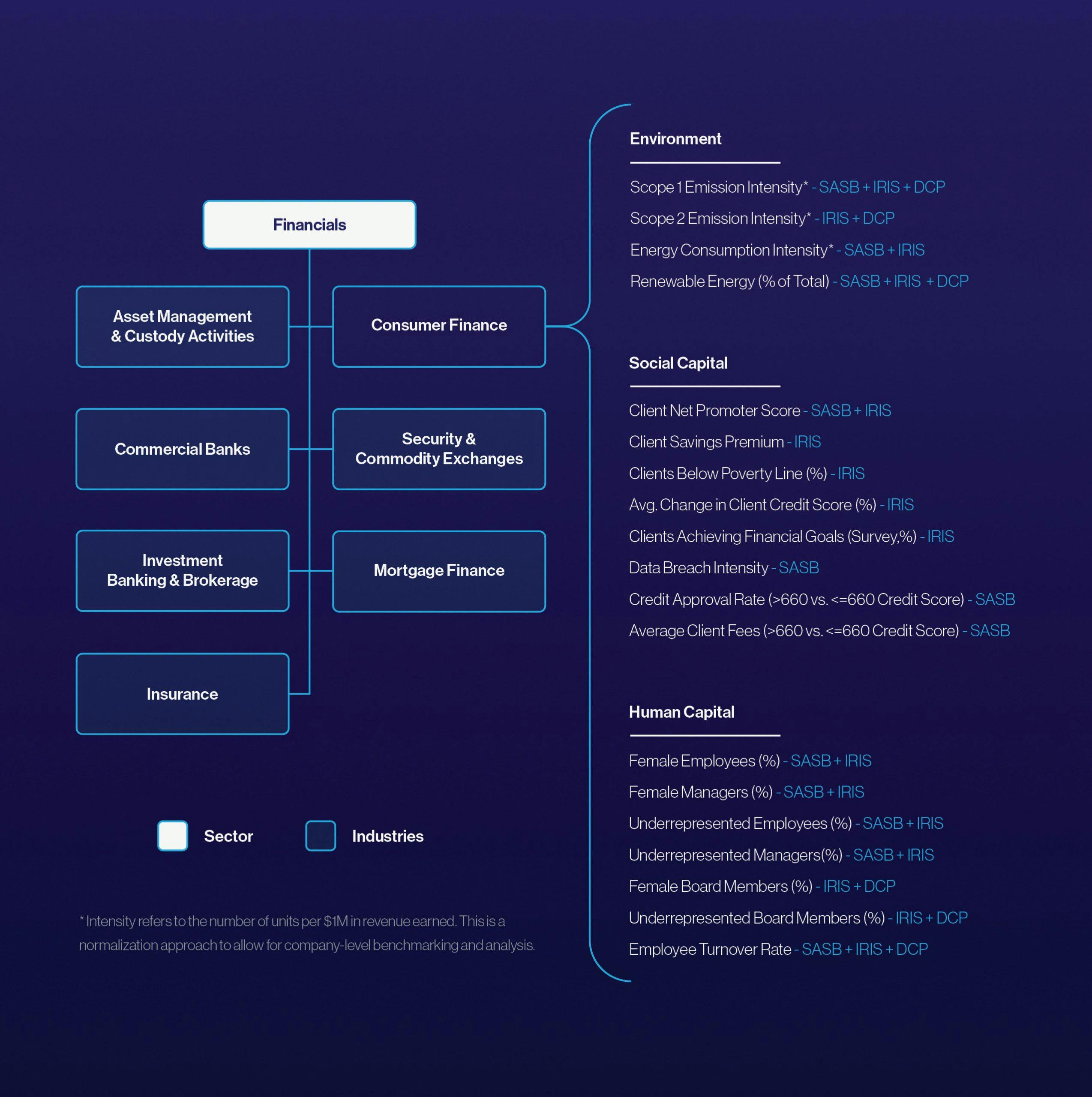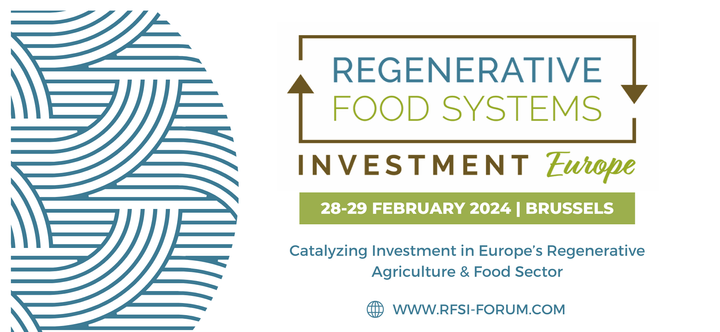Proof [of Impact]’s Intelligent Data Series

Part 1: Dynamic Metric Selection
This series is designed for companies and investors who want to become leaders of the ESG and impact movement, derive purpose and meaning in their business, and leverage data to create sustainable business value.
Part 1 of the series focuses on a critical component of any ESG and impact strategy: metric selection.
Selecting metrics may be overwhelming, but there are two key steps that any organization can take to simplify the process:
1. Leverage leading frameworks
SASB and IRIS+ are the largest and most commonly used metric selection tools. As of early 2022, there are over 26,000 IRIS+ users, and over 250 institutional investors (representing 24 countries) and 600 of the S&P Global 1200 using SASB. Using each tool, you can input your industry or ESG priorities and then easily develop a short list of recommended metrics. Other leading frameworks are GRI, the Data Convergence Project, TCFD, and the 2X Challenge. Using frameworks to select standardized metrics will help you narrow scope and allow you to benchmark against peers.
2. Assess for double materiality
Double materiality is the identification of metrics that are most important to your financial bottom line and to your stakeholders (e.g., customers, employees). Taking into account all of your stakeholders’ voices will promote stakeholder buy-in, ensure you have an inclusive and deliberate metric set, and further narrow the scope of your ESG and impact strategy. To achieve this, you can conduct a simple survey that asks your stakeholders about the impact issues that matter most to them, and then create a shareable materiality matrix to show that their voice has been included.
With these steps, you will be ready to showcase your metrics with confidence that you’ve followed the best practices in metric selection.
Here is a metric set for the financial services sector. This metric set was created specifically for a consumer finance company measuring ESG risk factors and deep impact contributions, built by mapping metrics across the SASB, IRIS, and Data Convergence Project (DCP) frameworks.

* Intensity refers to the number of units per $1M in revenue earned. This is a normalization approach to allow for company-level benchmarking and analysis.
Proof (Formerly Proof of Impact) aims to streamline metric selection while simultaneously mapping to leading frameworks — for standard, harmonized metrics that matter to all stakeholders.
To achieve this goal, we have developed an automated digital solution that provides companies and investors of any industry, size, or focus with a customized core metric set. Our clients take three steps to receive their customized metric set:
Assess: Complete a brief assessment selecting your applicable industry, frameworks, ESG objectives, and the issue areas that matter most to your business.
Select: Based on the assessment, Proof’s metric selection algorithm curates a tailored, core metric set from our consolidated metric catalogue of over 3,000 metrics mapped across 30 frameworks and 77 industries. The algorithm ensures that you will be compliant with any frameworks that you select.
Refine: You will have the opportunity to review and customize the core metric set as desired. We can also help your business achieve double materiality through rapid, low-cost stakeholder polls to further solidify and increase confidence in your final metric list.
When done properly, you should finish the metric selection process feeling empowered, having laid a groundwork that your investors, employees, and customers can be proud of and rally behind as you continue your ESG and impact journey.
Metric selection, however, is only the first step in your strategy and reporting. To continue the process, the next step involves calculating your quantitative and qualitative baseline performance against your metrics. This will be the focus of Part 2 in our Intelligent Data series.
If you’d like to learn more, please contact us at via our website.

